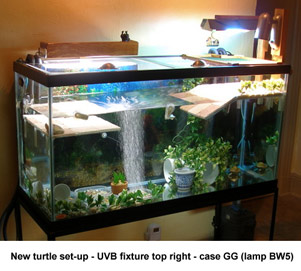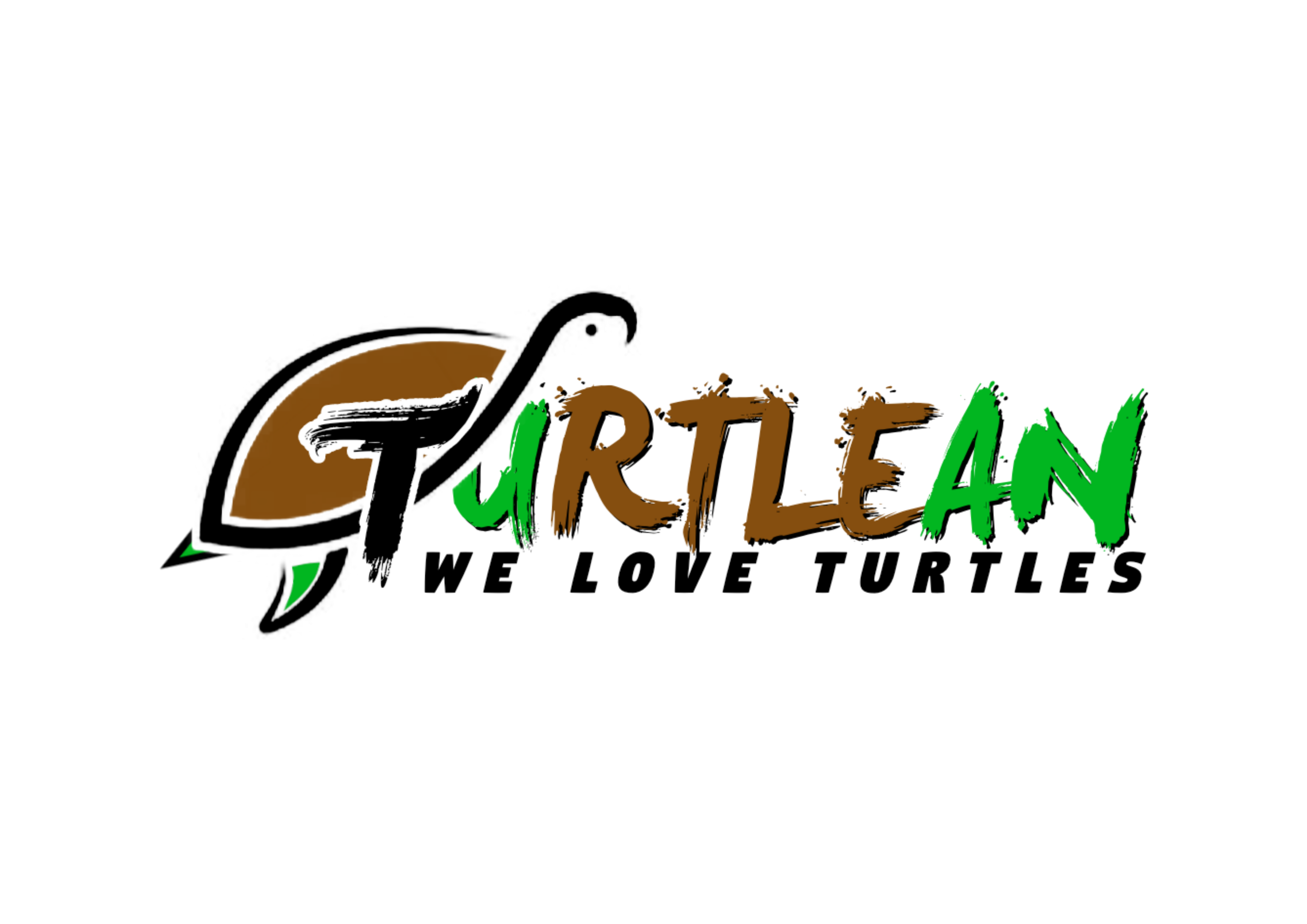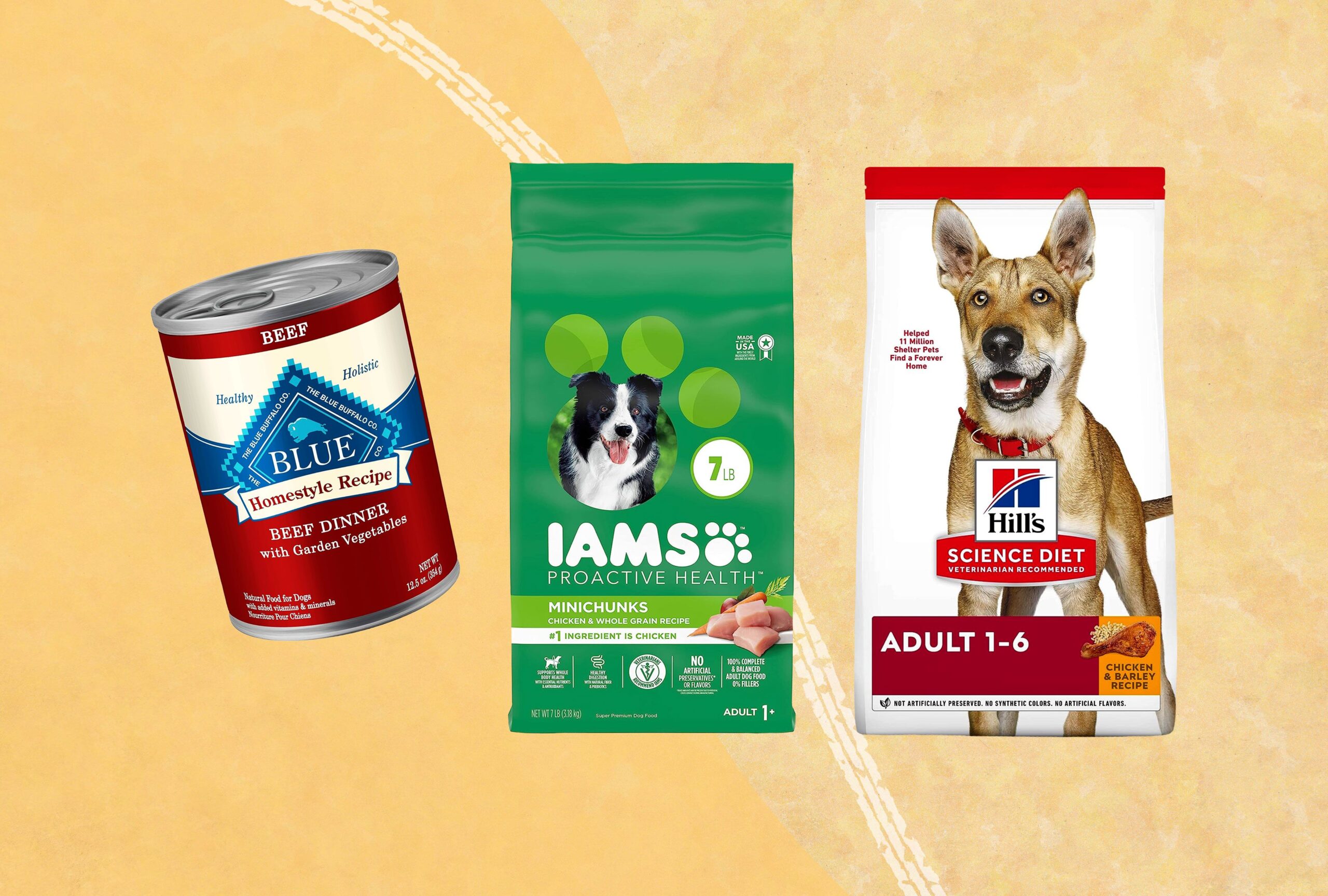I’ll be straight with you—How To Set Up A Proper UVB Lighting For Turtles: Easy Setup is the guide I wish I had on day one. I’ll show you exactly how to set up a proper UVB lighting for turtles so your buddy gets strong bones, a sharp appetite, and a long, happy life.
I’ll keep it simple, safe, and science-backed so you can do it right the first time.

Source: www.amazon.com
What Is UVB And Why It Matters For Turtles
UVB is a type of light (290–320 nm) that helps turtles make vitamin D3, which lets them absorb calcium. Without it, they can develop metabolic bone disease.

Source: www.uvguide.co.uk
Most aquatic and semi-aquatic turtles need a UV Index (UVI) of about 2.0–3.0 at the basking spot. Research on reptile Ferguson Zones and husbandry studies show this range supports healthy vitamin D3 levels and shell growth without eye or skin stress.
Several lab and field studies in herpetology and zoo medicine report:
- UVB enables vitamin D3 synthesis in the skin, which drives calcium metabolism and shell mineralization.
- Glass and most plastics block nearly all UVB.
- Metal mesh can cut UVB by 30–50%.
- Proper UVB plus a balanced diet reduces bone disease rates.
Quick Gear Checklist (Beginner-Friendly)
Here’s what I use to set up a proper UVB lighting for turtles at home without guesswork.

Source: zoomed.com
- Linear T5 HO UVB tube (5–7% for most aquatic turtles; 10–12% only if mounted higher)
- Matching T5 HO fixture with a reflector
- Separate heat/basking bulb (halogen is great) to hit basking temps
- Sturdy basking dock/platform (dry, non-slip)
- Timer (10–12 hours of daylight)
- UV Index meter (Solarmeter 6.5 or similar) to verify UVI 2.0–3.0
- Thermometer and infrared temp gun
- Stand or secure mounting hardware
How To Choose The Right UVB Bulb
I set up a proper UVB lighting for turtles by picking a linear T5 HO tube over compact coils. T5 HO tubes spread light evenly and keep UVI stable across the basking area.
- Strength: For sliders, cooters, and painted turtles, a 5–7% UVB T5 HO tube is ideal at 8–12 inches with a reflector.
- Length: Aim for at least half the tank length for even coverage.
- Replace: Most T5 HO tubes hold output 10–12 months; check with a UVI meter every month.
- Avoid: Compact coils can create hot spots and uneven UVB in small areas.
Multiple studies and museum/zoo guidelines note that linear UVB sources with reflectors give more consistent UVI at the basking zone and reduce risk of eye irritation.
Exact Setup: Step-By-Step
This is how I set up a proper UVB lighting for turtles safely in under 30 minutes.
- Mount the basking platform
- Install the UVB fixture
- Mount the T5 HO tube above the basking platform with a reflector.
- Start at 8–12 inches from the turtle’s shell when basking.
- Add the heat bulb
- Position a halogen heat bulb next to the UVB so both beams overlap the dock.
- Target shell surface temp of about 90–95°F (32–35°C) for sliders and similar species.
- Check UVI
- Use a UV Index meter at turtle back height on the dock.
- Adjust height until you read UVI 2.0–3.0 at the hotspot.
- Set the timer
- 10–12 hours of light daily.
- Keep nights dark for good sleep cycles.
- Safety check
- No glass or clear acrylic between bulb and turtle.
- Skip tight metal mesh; it blocks too much UVB.
Distances, UVI Targets, And Photoperiod
I set up a proper UVB lighting for turtles by measuring UVI at turtle-back height, not at the bulb. That’s the number that matters.
- Distance: With a reflector, most 5–7% T5 HO tubes deliver UVI 2–3 at about 8–12 inches.
- Mesh note: Fine mesh can slash UVI; raise output or reduce mesh.
- Photoperiod: 10–12 hours. Longer isn’t better; it can stress turtles.
- Seasonal tweaks: If you simulate seasons, keep UVI steady and vary daylight a little.
Peer-reviewed husbandry reports confirm stable UVI with proper distance prevents underexposure (weak bones) and overexposure (eye irritation).
Positioning: Angle, Coverage, And Safety
I always set up a proper UVB lighting for turtles so the UVB beam and heat beam overlap the same basking spot. That way, your turtle warms up and gets UVB at once.
- Angle: Aim straight down or slightly forward. Reflectors focus UVB on the dock.
- Coverage: Light should cover the entire platform, not just a tiny circle.
- Shade: Provide shaded areas so the turtle can self-regulate.
- Splash guard: Keep bulbs dry and cords drip-looped to avoid shocks.
Maintenance And Replacement Schedule
To keep results steady, I set up a proper UVB lighting for turtles with a maintenance plan from day one.
- Replace T5 HO UVB tubes every 10–12 months or when UVI drops below target.
- Dust bulbs and reflectors monthly; dust can reduce output.
- Log readings: Record UVI at the same spot each month.
- Re-check distances after any tank change.
Studies tracking UVB output show useful decline over time; small monthly drops add up, so a log helps you act before health dips.
Water, Glass, And Mesh: What Blocks UVB
Here’s a big reason I set up a proper UVB lighting for turtles above the dock, not through a lid.
- Glass/acrylic: Block most UVB.
- Water: Absorbs UVB quickly; don’t expect UVB through water.
- Fine mesh: Can cut UVB by 30–50%. Use wide mesh or adjust distance/output.
Husbandry research and optical measurements back this up, showing almost zero UVB transmission through standard glass panes.
Best Practices I Rely On
These are the habits I use to set up a proper UVB lighting for turtles and keep it right all year.
- Use a UV Index meter; don’t guess.
- Keep a warm basking spot plus cooler zones.
- Offer calcium-rich diet with proper D3 strategy (UVB supplies D3; don’t overdo supplements).
- Keep bulbs outside splash zones.
- Secure fixtures so nothing falls into the tank.
Common Mistakes And Easy Fixes
I messed these up early on, so you don’t have to.
- Using a glass lid: Move the bulb inside an open-top hood or cut a UVB window.
- Bulb too far: Raise the UVI by moving it closer or using a higher-output tube.
- No heat overlap: Align heat and UVB beams on the same dock.
- Old bulb: Replace if UVI is low even at the right distance.
- Too much glare: Add shade zones; don’t blast the whole tank.
Science Snapshot (Evidence You Can Trust)
I set up a proper UVB lighting for turtles using data from reptile husbandry research, zoo guidelines, and peer-reviewed studies on vitamin D3 synthesis.
- UVB (290–320 nm) triggers vitamin D3 in skin, enabling calcium absorption.
- UVI 2.0–3.0 at the basking site is a widely cited target for many basking aquatic species based on Ferguson-style zone research.
- Linear T5 HO UVB with reflectors delivers stable output and safer distribution than many compact coils.
- Mesh and glass significantly reduce UVB; field and lab measurements confirm transmission losses.
Species Notes (Aquatic And Semi-Aquatic)
I still set up a proper UVB lighting for turtles in the same core way, but I tweak distances by species size and behavior.
- Red-eared sliders, painted turtles, cooters: UVI 2–3 at the dock; basking shell temp ~90–95°F.
- Map turtles: Often benefit from slightly brighter setups; still aim UVI 2–3 at the shell.
- Musk turtles: More secretive; keep bright areas plus shaded retreats while maintaining a valid basking zone.
Always confirm with a UVI meter and adjust distance rather than guessing bulb strength.
Step-By-Step Mini Checklist You Can Print
I made this quick list so you can set up a proper UVB lighting for turtles in minutes and check it weekly.
- Mount basking dock, dry and secure
- Install T5 HO UVB with reflector, 8–12 inches above the dock
- Add halogen heat bulb to overlap UVB on the dock
- Measure UVI at turtle-back height: target 2.0–3.0
- Set timer to 10–12 hours
- Log monthly UVI and temperatures
- Replace tube every 10–12 months
Frequently Asked Questions Of How To Set Up A Proper UVB Lighting For Turtles
How long should the UVB light be on each day?
Run it 10–12 hours daily. Use a timer so the schedule stays steady.
Can I put the UVB bulb over glass?
No. Glass blocks almost all UVB. Keep the bulb in open air or use a mesh that allows UVB through with proper distance.
What UVI should I aim for at the basking spot?
Target UVI 2.0–3.0 at shell height on the dock for most aquatic turtles.
Do I need a heat bulb if I have UVB?
Yes. UVB and heat do different jobs. You need both beams overlapping the same dock.
How often do UVB bulbs need replacing?
Most T5 HO tubes last 10–12 months before output drops too low. Check monthly with a UVI meter.
Wrap-Up: You’re Ready To Light Right
You now know how to set up a proper UVB lighting for turtles the safe, simple, and science-backed way. Measure UVI, overlap heat and UVB, and keep the basking dock dry and inviting.
Make one change today—check your UVI and adjust the bulb distance to hit 2–3. Your turtle’s bones, shell, and energy will thank you.
If this helped, drop a comment, subscribe for more care guides, and share this with a fellow turtle keeper.
Watch This Video on how to set up a proper UVB lighting for turtles





Leave a Reply